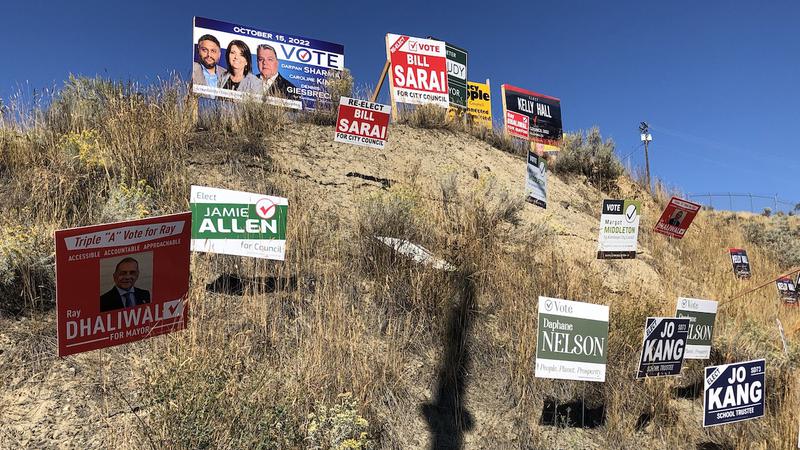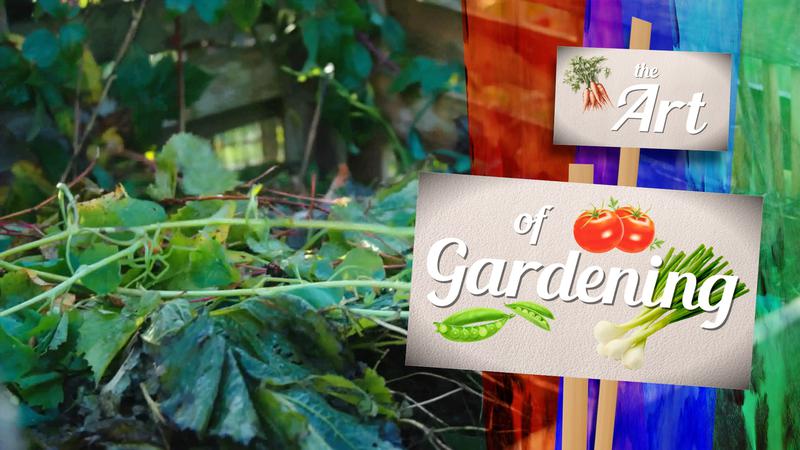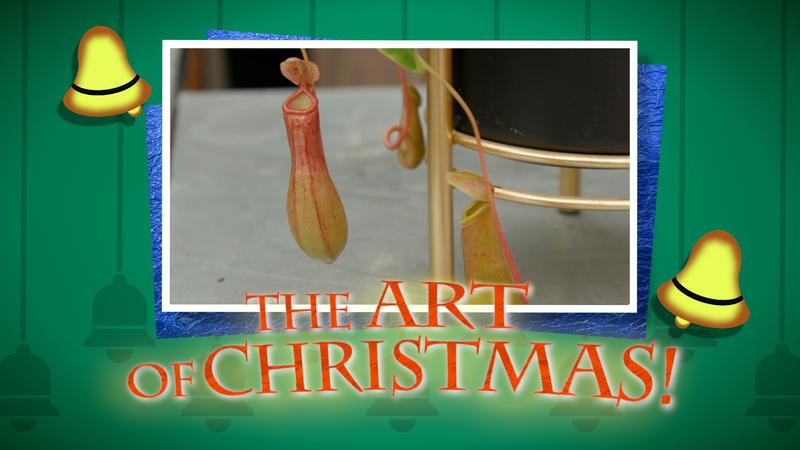
ROTHENBURGER: Time for the Armchair Mayor’s campaign sign report card
PAY ATTENTION, CLASS, it’s time for the Armchair Mayor’s election campaign signs report card, which I’ve been providing each election since 2008.
I probably pay more attention to campaign signs than most. That’s because I like testing myself to see if I can read the darn things as I drive by. As is the case with every other driver, I have literally one second or less to a) notice the sign and b) read it while not driving off the road.
The average human can absorb 5.91 words per second in silent normal reading. If we really boot it, we can hit 8.21 words.
This is a fact many candidates don’t pay attention to. As they’re sitting around with their campaign teams brain storming their signs, they focus on what looks great sitting on a kitchen table instead of what it will look like on a lawn or on the side of a busy road.


